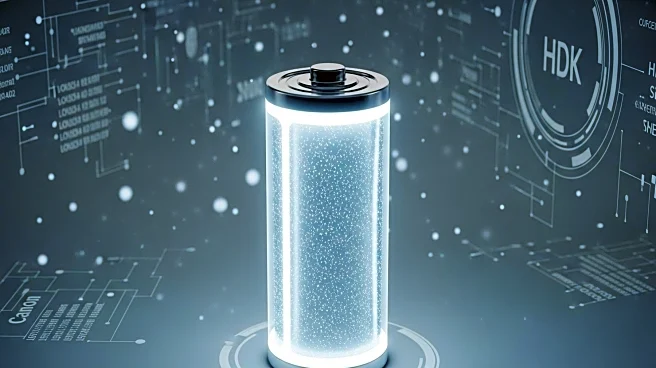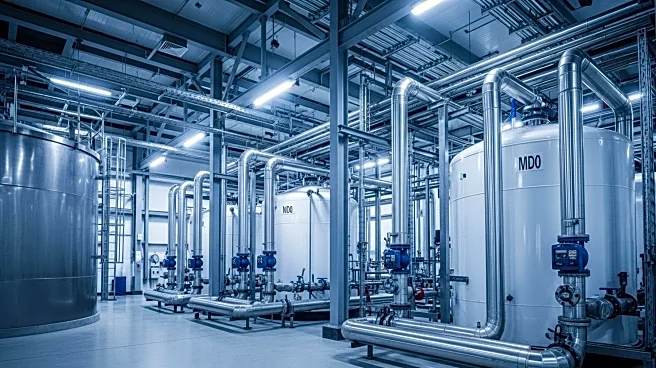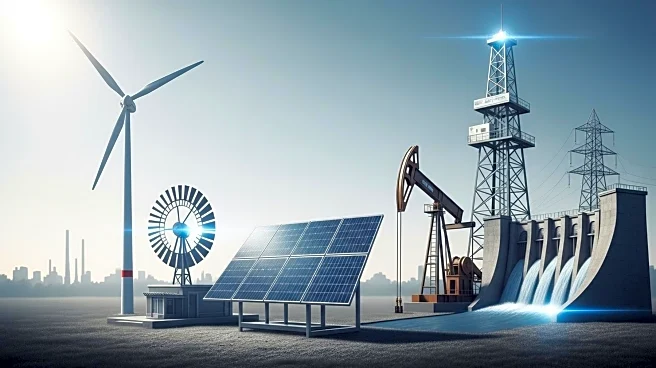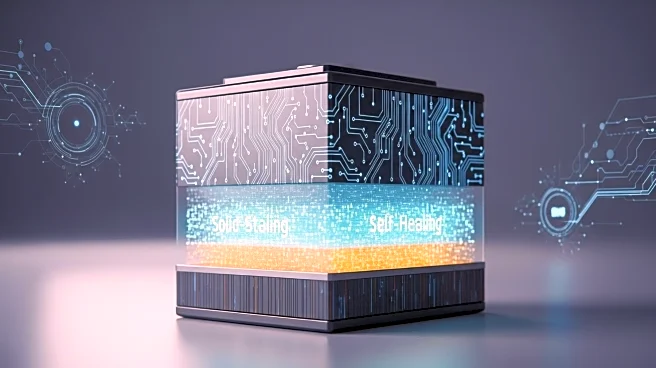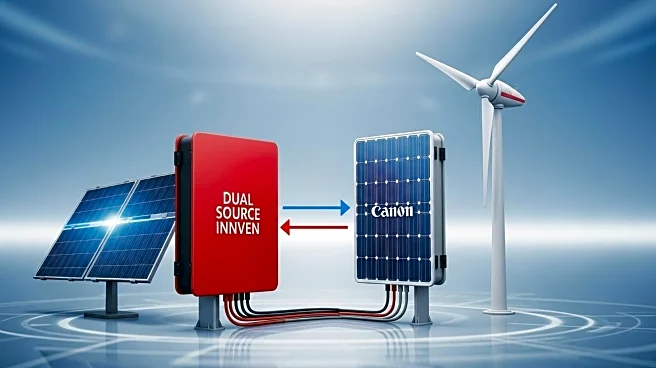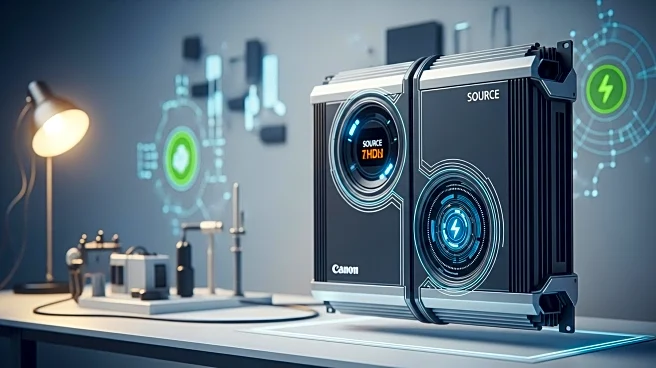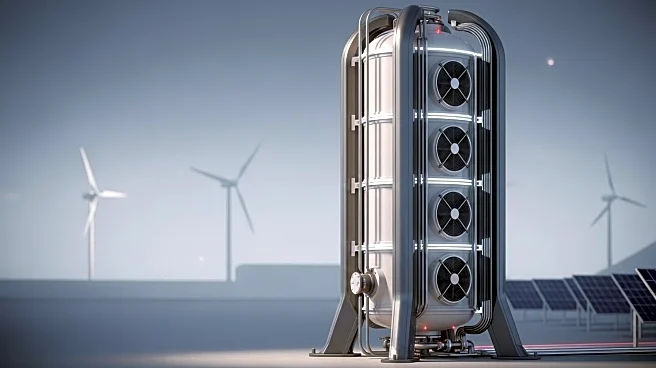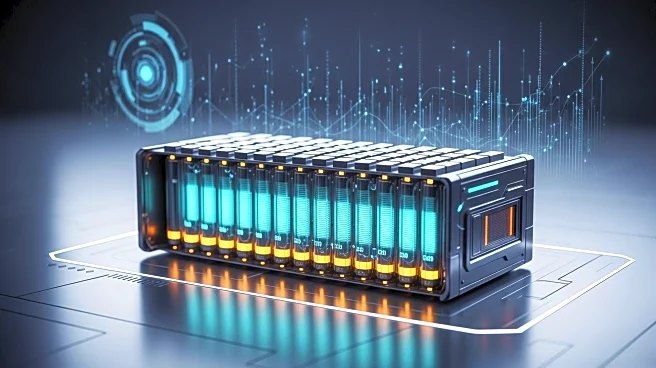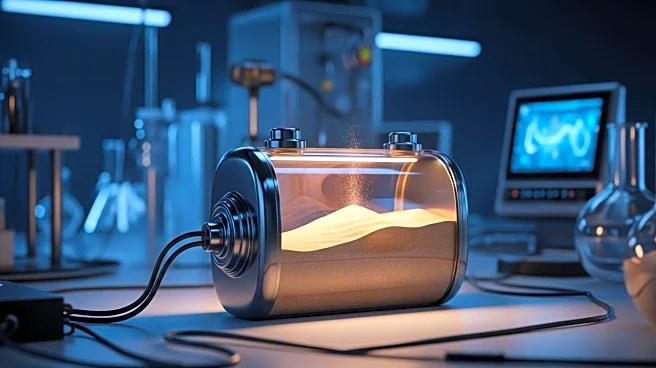What is the story about?
What's Happening?
Researchers from the Chinese Academy of Sciences have introduced a self-healing layer called Dynamically Adaptive Interphase (DAI) to improve the safety and performance of all-solid-state lithium metal batteries (ASSLMBs). These batteries are considered the next-generation energy source technology, poised to power electric vehicles and renewable energy grids. Traditional batteries use flammable liquid electrolytes, whereas ASSLMBs utilize non-flammable solid materials to transfer electrical charge between electrodes. However, a significant challenge with ASSLMBs is the formation of gaps between the solid lithium metal anode and the solid electrolyte during repeated charging and discharging, leading to battery degradation. The DAI layer addresses this issue by introducing mobile iodide ions into the solid electrolyte, which migrate to fill any gaps, maintaining connectivity and functionality. Laboratory tests showed that full battery cells retained over 90% of their energy capacity after 2,400 cycles, and pouch cells maintained 74.4% capacity after 300 cycles without external pressure.
Why It's Important?
The development of the DAI layer represents a significant advancement in battery technology, potentially revolutionizing the energy storage industry. By enhancing the safety and longevity of ASSLMBs, this innovation could lead to more reliable and sustainable energy solutions for electric vehicles and grid storage facilities. The ability to produce batteries without high-pressure systems simplifies manufacturing processes, making it more cost-effective to scale production. This could accelerate the adoption of electric vehicles with longer ranges and improve the efficiency of renewable energy systems, contributing to a reduction in carbon emissions and a shift towards greener energy solutions.
What's Next?
While the DAI technology is still in its early stages, its successful laboratory tests suggest promising real-world applications. The researchers aim to scale up the technology for practical implementation in high-energy and sustainable electrochemical storage systems. If successful, this could lead to widespread adoption in various industries, including automotive and renewable energy sectors. The next steps involve further testing and development to ensure the technology's reliability and efficiency in real-world conditions, potentially transforming the landscape of energy storage solutions.
Beyond the Headlines
The introduction of self-healing battery technology could have broader implications beyond immediate energy storage improvements. It may influence the design and engineering of future electronic devices, promoting the development of more durable and efficient products. Additionally, this innovation could drive further research into self-healing materials, potentially impacting other fields such as construction and materials science. The ethical and environmental benefits of safer, longer-lasting batteries align with global sustainability goals, encouraging industries to adopt greener practices.
AI Generated Content
Do you find this article useful?
